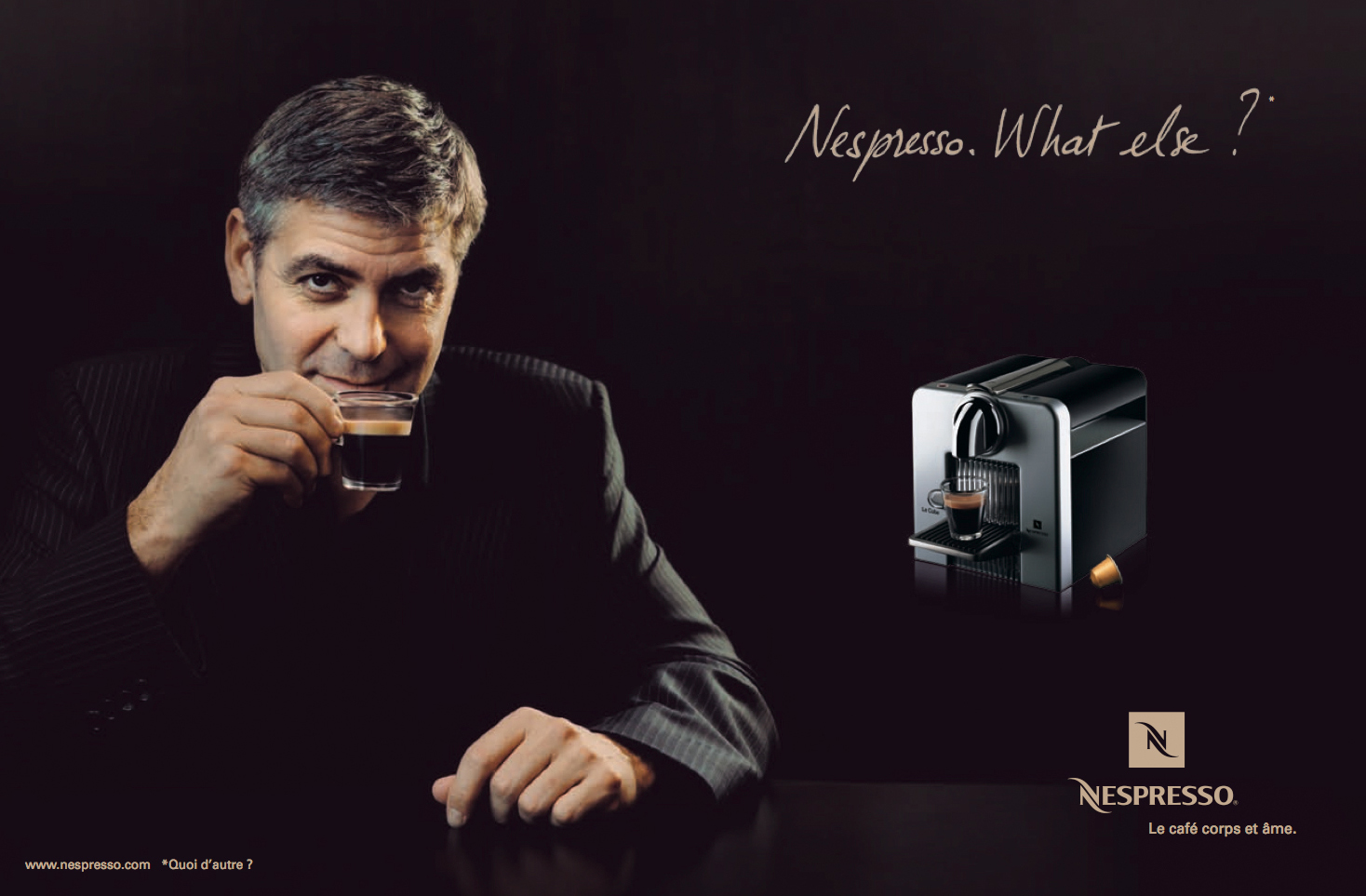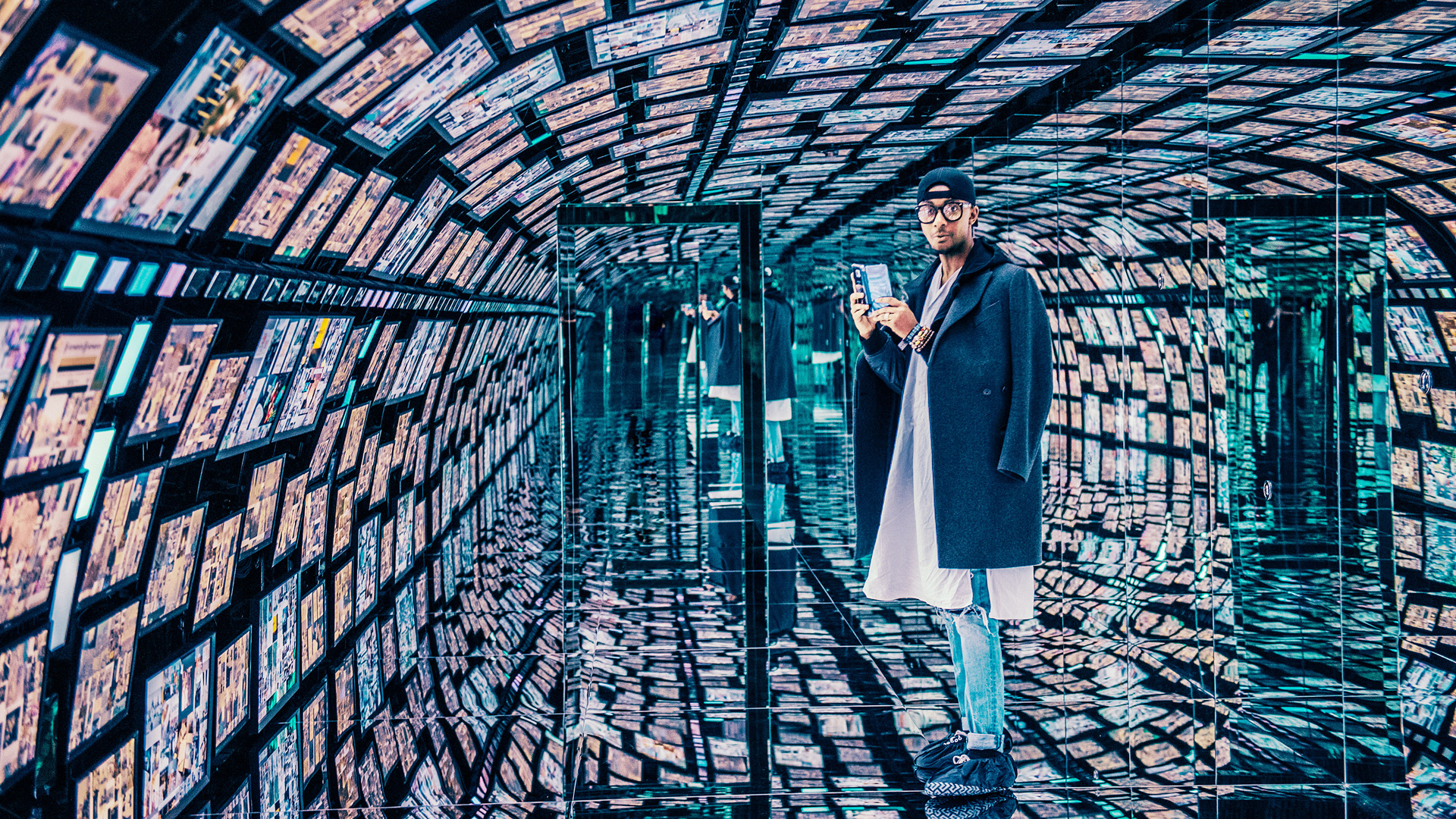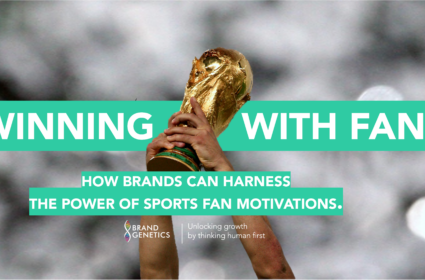The New Premium: Redefining Value in the Experience Economy

Walking down any high-street or supermarket grocery aisle it’s not hard to see how dramatically the world of branding and advertising has changed over the last few decades. The never-ending sea of new products, brands, colours, and categories makes it hard to miss. However nowhere is this shift more striking than in the premium space.
That was the headline of ‘The New Premium: Reinvented and Decoded,’ brand agency 1HQ’s recent event hosted in the apt setting of London’s Museum of Brands. The value equation, argues 1HQ, is changing – both in FMCG and across the broader consumer landscape. Price is no longer the determining factor of value, imbuing intangible benefits that convey status or celebrity endorsed aspiration. Rather, brand value comes from a combination of uniqueness, meaningfulness and consumer engagement. Whereas the top tier was once dominated by celebrity endorsements and luxury appeal, the current landscape is focused on authenticity, individuality, and storytelling.

Nespresso advertisement featuring George Clooney
Through a mainly semiotic-driven lens, 1HQ shared their view on this changing premium world. A mapping exercise explored past, present, and future codes (both verbal and visual) in the FMCG space, and 8 key emergent codes of premium were identified, including playful honesty, sensorial adventure, and genuine heritage. While interesting individually, the underlying theme throughout all of these new codes is that premium is no longer about luxury and exclusivity – it’s about relevance and meaning. The value that consumers are looking for is not simply name and prestige, but quality, story, and experience.
Carsberg’s København Collection
Several brands are leading the charge on this. For example, Carlsberg’s København Collection reinvents a heritage brand while celebrating local roots to deliver uniqueness and excitement. Similarly, Samsung’s 837 space in NYC transforms a physical space into an interactive playground, where nothing is for sale but consumers are invited to play, experiment, and experience the Samsung brand first-hand. Their added value – in terms of quality, engagement, uniqueness and simplicity – makes these brand experiences inspiring, desirable, and ultimately premium.
But have things really changed that much?
It’s always good to see the world from another perspective and while we support 1HQ’s observations about the evolving landscape of premium, we think it is important to take an even deeper look at this shift in premium – seeking to understand not just how the semiotics are changing, but why. Are the human motivations for premium products changing or just what we consider a premium product to be?
Society has transformed dramatically and what people value today is quite different than what people valued 10, 20, 50 years ago. Today, people place a higher value on knowledge, authenticity, and social responsibility than they do on the price tag. Therefore, brands that are rooted in real people, real stories, and real purpose are seen as bigger indicators of ‘status’ than superficial celebrity endorsements and the like – see Tito’s Vodka, Warby Parker, and Tom’s as prime examples.
Samsung837 in New York
However, the desire for status – one of the most inherently human motivations of social interaction – is still an incredibly important driver of premium. What has changed is how status is conveyed and communicated. Tribalism and ‘badge value’ are just as important now as they were 20 years ago. But today, badge value is less about explicit, conspicuous branding, and more about membership and knowledge, connecting at a deeper level to the brand and others in the group. While the way in which brands communicate themselves to the world has changed, the human drivers for engaging with ‘premium’ brands and products have not changed.
BG takeaway: Jessie J was right – it’s not about the money!
Consumers increasingly place a premium on brands that are relevant to their lives, purposeful in their design, and subscribe to high quality standards, regardless of price. When thinking about the ‘New Premium’, its semiotics, and its relevance to your brand, it’s essential to consider the broader context of this premium shift – understanding the psychology of premium to understand not just how the world of premium is changing, but why.
In our constantly evolving world, understanding this will be key to creating brands and experiences that speak not just to consumers, but to people, to humans.





